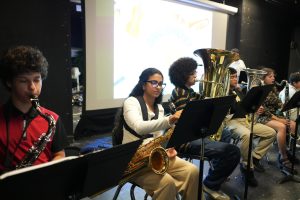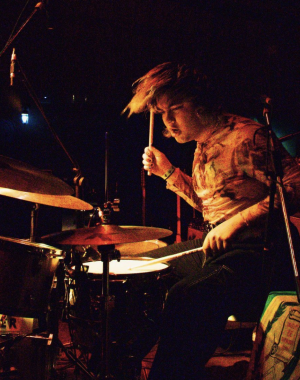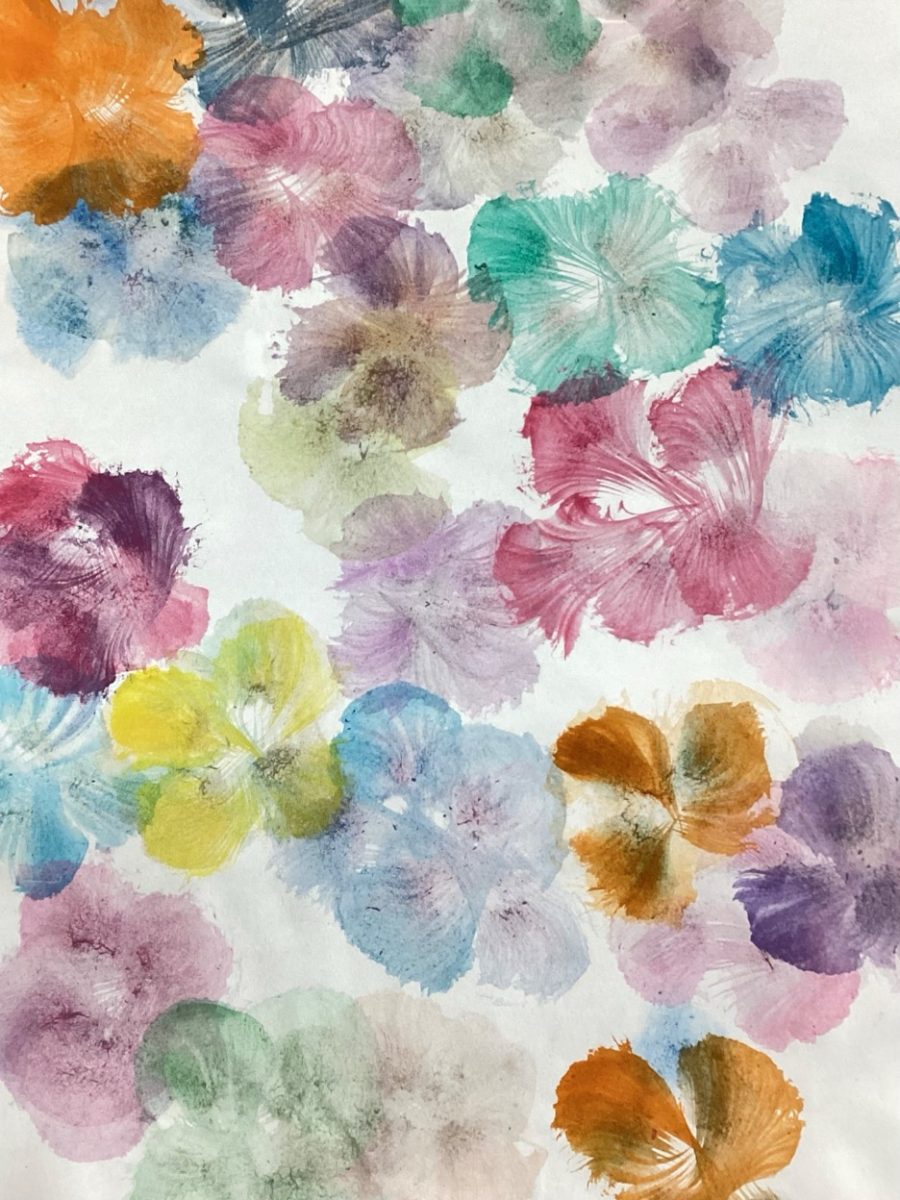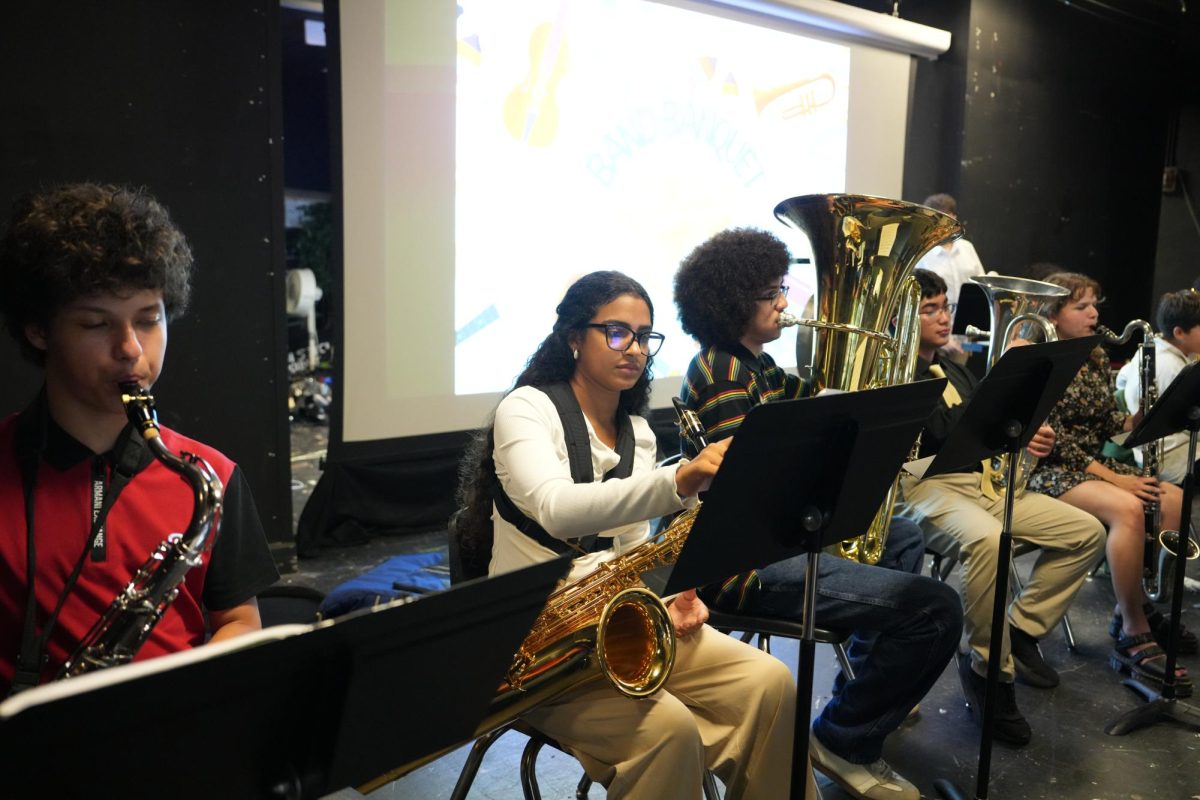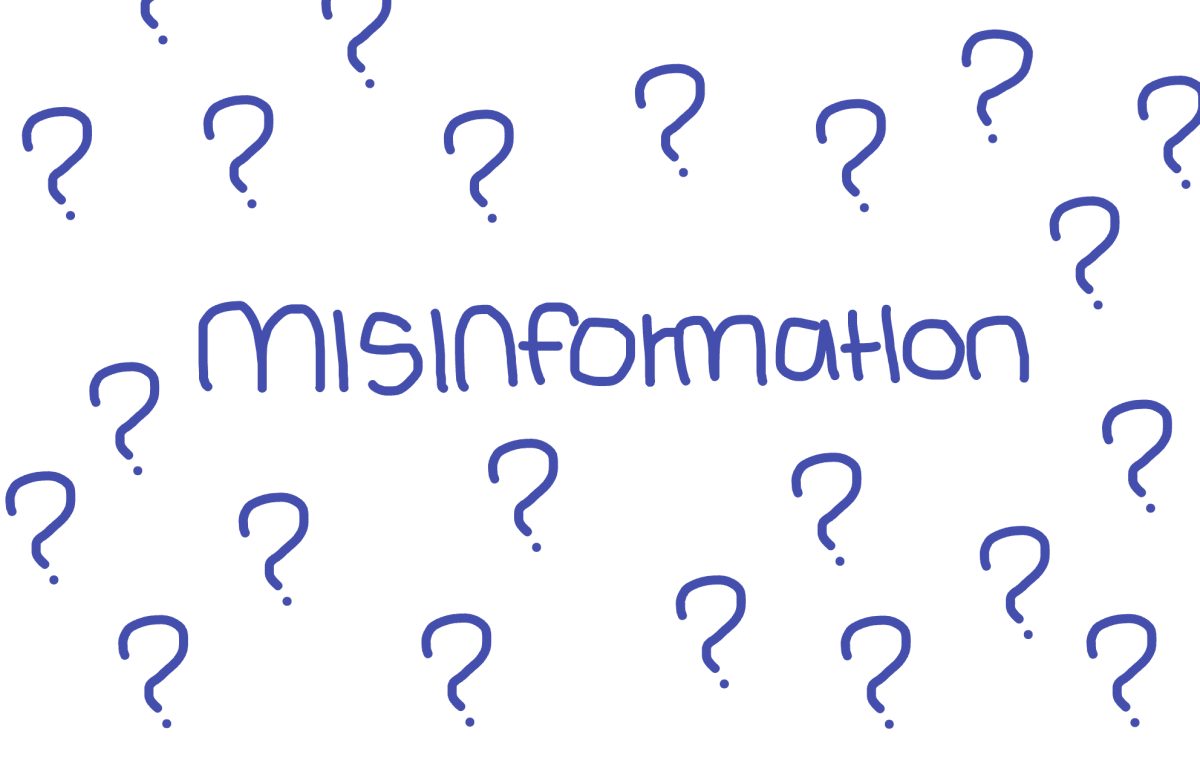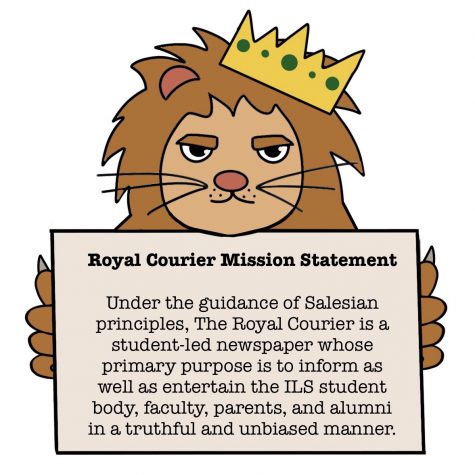Eight Schools in the Northeast: A Brief History of the Ivies
January 18, 2022
 What is the Ivy League?
What is the Ivy League?
The Ivy League, established in the 1950s, is an American college athletic conference. The League consists of eight schools all located in the northeast United States: Harvard (Massachusetts), Brown (Rhode Island), Columbia (New York), The University of Pennsylvania, Yale (Connecticut), Princeton (New Jersey), Dartmouth (New Hampshire), and Cornell (New York).
In 1954, the conference joined the NCAA (National Collegiate Athletic Association). This athletic conference differs from all others because it was decided that they would not offer athletic scholarships. In addition all student athletes also have to meet the academic requirements, like all other students, to be granted admission.
The Origin of the Ivy League
While the League was created less than 70 years ago, ⅞ of schools predate to before George Washington’s presidency. Cornell being the only one to be created after the formation of the USA (1865).
The origin of the Ivy League is still in debate. One theory attributes the name of the roman numeral “IV” representing the first four universities: Harvard, Yale, Princeton and a fourth unknown school. Some sources name Princeton, a few the University of Pennsylvania, and others state Columbia. It is uncertain which is correct because not one written example of the “IV League” has been found in books and journals of the 19th or 20th centuries.
Many colleges and universities have been described as “ivied” of “ivy covered” in many works of literature.
When, from the ivied College Hall
The lights begin to glimmer,
And forth they stroll at even-fall
To watch the starlight shimmer.
This poem written about Haverford College, appeared in its magazine the Haverfordian in 1888.
According to The Yale Book Of Quotations, the first time the phrase “ivy college” was in the New York Tribune, in a football article by Stanley Woodward October 14, 1933.
“A proportion of our eastern ivy colleges are meeting little fellows another Saturday before plunging into the strife and the turmoil.”
The term “Ivy League” later showed up in writing in the 1930s to categorize all eight schools. In the headline and text of a sports article about Brown joining the league in a 1937 edition of the Christian Science Monitor.
Headline: “Brown Seems To / Have Been Taken / Into ‘Ivy League.’ ”
First paragraph: “The so-called ‘Ivy League’ which is in the process of formation among a group of the older eastern universities now seems to have welcomed Brown into the fold and automatically assumed the proportions of a ‘big eight.’ ”
Before the 1950s the Ivy League represented a sports league not the collection of schools themselves. It was only until 1951, after J.D Salinger’s Catcher in the Rye was published, that Ivy Leagues began to represent the universities.
“My father wants me to go to Yale, or maybe Princeton, but I swear, I wouldn’t go to one of those Ivy League colleges.” … “The jerk had one of those very phoney, Ivy League voices, one of those very tired, snobby voices.”


